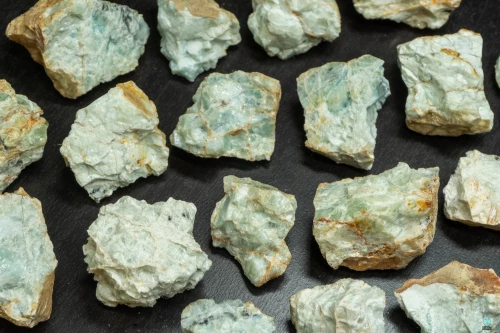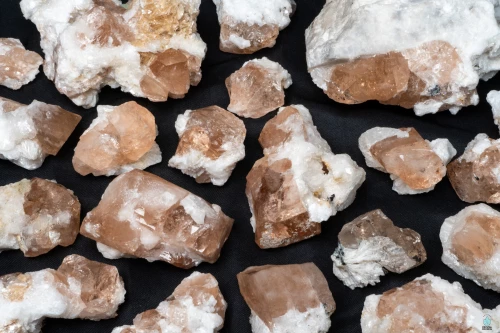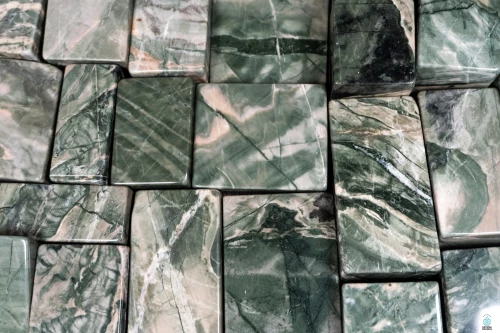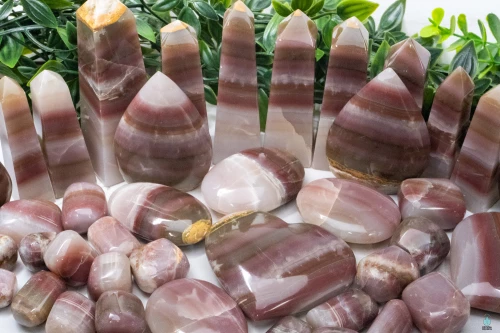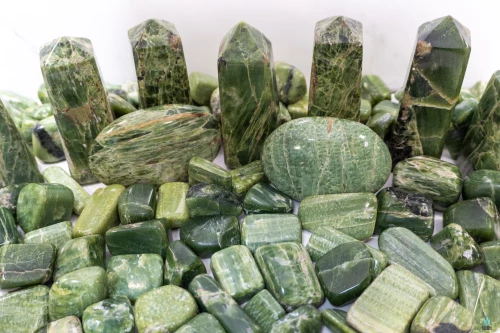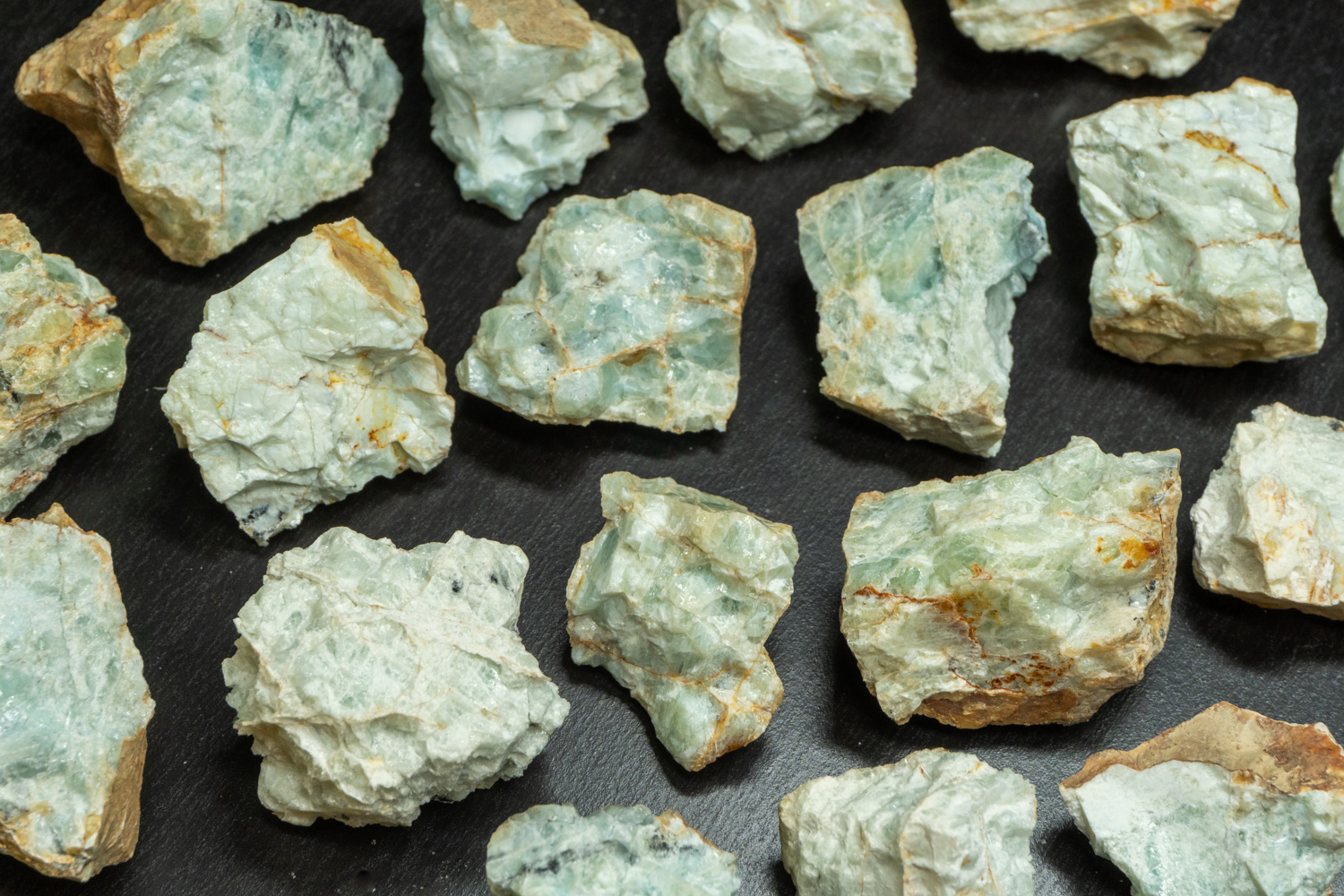
Allophane
Science & Origin of Allophane
Allophane is an amorphous hydrous aluminum clay silicate mineraloid that crystallizes in the form of tiny spherical nodules, botryoidal, and globular formations. This crystal is usually a bright blue color, but can also be seen as white, green, brown, and colorless. The composition is very similar to Hyalite Opal and is often mistakenly identified when found as a colorless variety. Allophane was discovered in 1816 in Thuringia, Germany, and was named after the Greek words “allos” and “phanos”, meaning “other” and “to appear”. This referred to the reaction it had when on a flame during mineralogical testing at the time. Allophane can be found all over the world, with important deposits in Austria, Czech Republic, France, Germany, Italy, Slovakia, Spain, the UK, and the U.S.
Meaning & Origin
Allophane, a delicate and captivating mineraloid, is known for its subtle yet influential energy. This stone is celebrated for its grounding properties, offering a serene connection to the Earth and helping individuals find balance and stability in their daily lives. Its gentle vibration is particularly beneficial for those seeking emotional healing, as it nurtures a sense of calm and emotional equilibrium. In the realm of spiritual growth, Allophane acts as a catalyst for self-discovery and personal development.
The vibrations of Allophane are very rejuvenating, and when one can connect their energies to their piece, a sense of nurturing and replenishment will consume the body and aura. This fragment of Mother Earth is here to soothe the emotional body and uplift the physical spirit to harness grace through love.
Related Products
Free U.S. Shipping!


